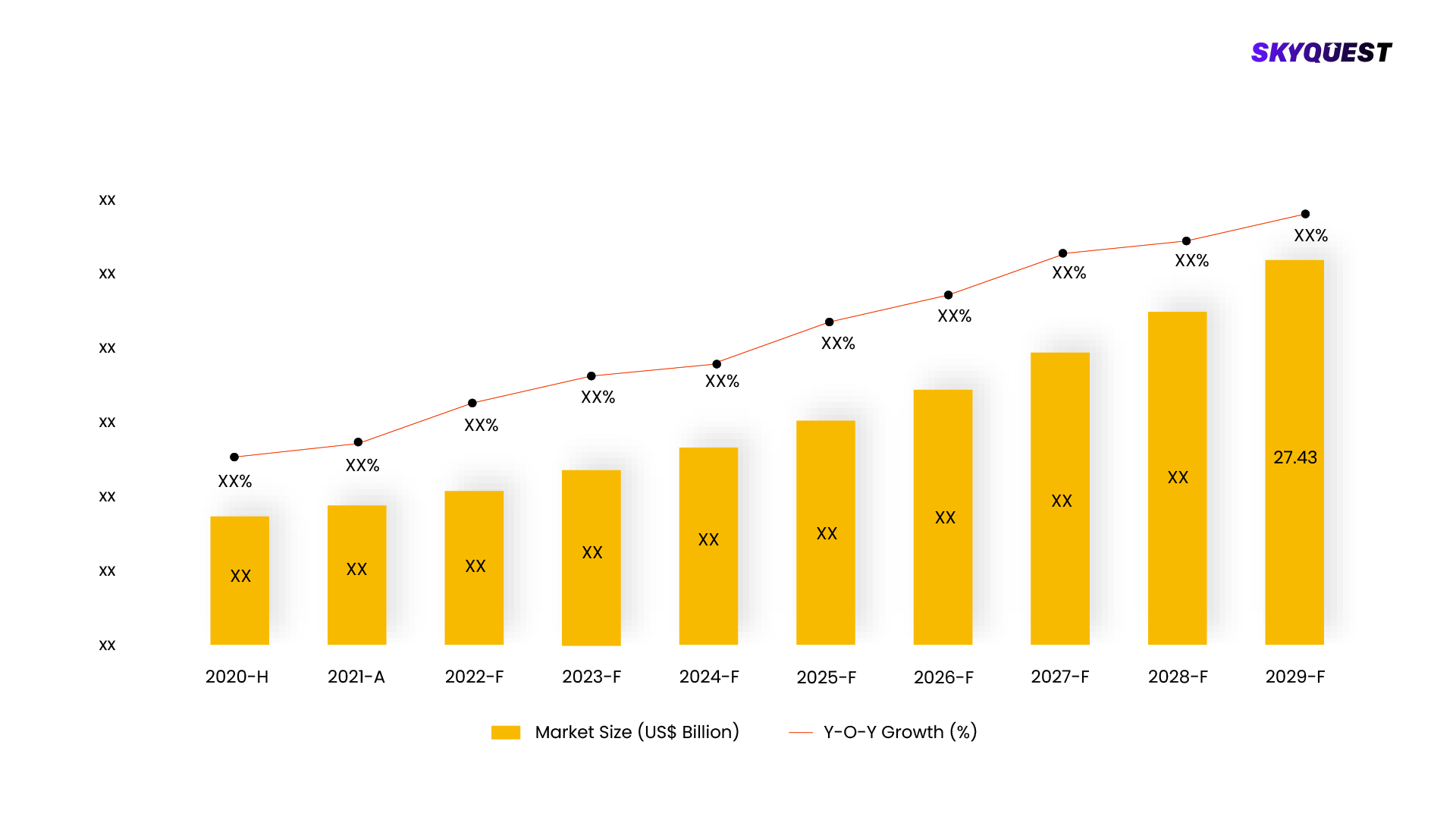
Product ID: UCMIG45N2034

Report ID:
UCMIG45N2034 |
Region:
Global |
Published Date: Upcoming |
Pages:
165
| Tables: 55 | Figures: 60
With a CAGR of 7.8% from 2019 to 2025, the global motion sensor market was valued at USD 5.2 billion in 2018. The market is expected to be driven by the beginning of the construction of smart houses and the expansion of domestic applications such automatic lighting control and home control. Tablets, wearable technology, and smartphone proliferation are also expected to support market developments in the near future. Additionally anticipated to drive market growth is the expanding use of robotics in both domestic and commercial settings that incorporate motion sensors and sensing technologies.

This report is being written to illustrate the market opportunity by region and by segments, indicating opportunity areas for the vendors to tap upon. To estimate the opportunity, it was very important to understand the current market scenario and the way it will grow in future.
Production and consumption patterns are being carefully compared to forecast the market. Other factors considered to forecast the market are the growth of the adjacent market, revenue growth of the key market vendors, scenario-based analysis, and market segment growth.
The market size was determined by estimating the market through a top-down and bottom-up approach, which was further validated with industry interviews. Considering the nature of the market we derived the Semiconductor Equipment by segment aggregation, the contribution of the Semiconductor Equipment in Semiconductors & Semiconductor Equipment and vendor share.
To determine the growth of the market factors such as drivers, trends, restraints, and opportunities were identified, and the impact of these factors was analyzed to determine the market growth. To understand the market growth in detail, we have analyzed the year-on-year growth of the market. Also, historic growth rates were compared to determine growth patterns.
Our industry expert will work with you to provide you with customized data in a short amount of time.
REQUEST FREE CUSTOMIZATIONWant to customize this report? This report can be personalized according to your needs. Our analysts and industry experts will work directly with you to understand your requirements and provide you with customized data in a short amount of time. We offer $1000 worth of FREE customization at the time of purchase.

Product ID: UCMIG45N2034